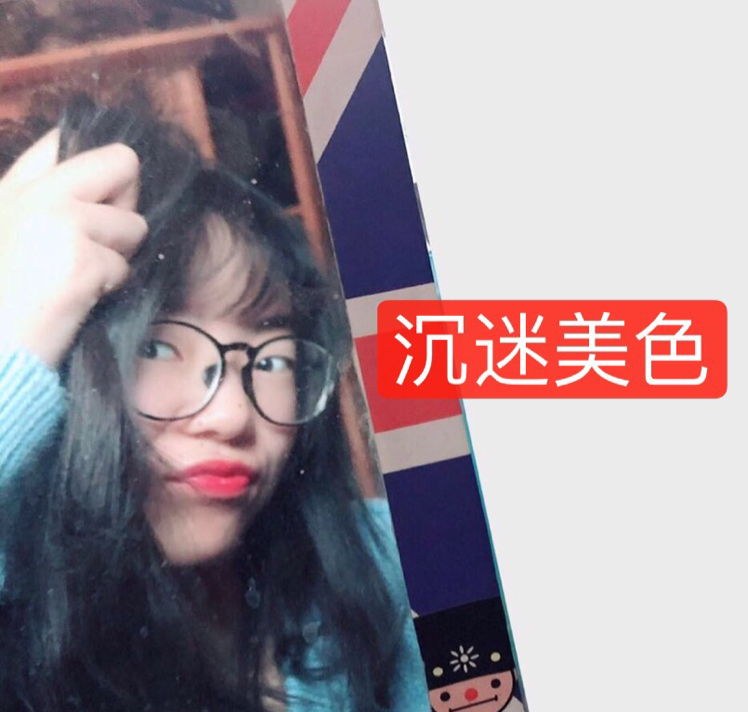Content rights confirmation, management and tracking are problems that have been mentioned but difficult to solve in the era of Internet content. After the rise of the blockchain, the market turns to hope to use the open and non-tamperable characteristics of the blockchain to solve this problem.
PRESSoneIt is a digital content transaction and distribution network based on blockchain technology. It was conceived and proposed by Li Xiaolai and served as CEO himself. Internet KOL Huo Ju and Xi Qiao served as CTO and COO respectively. In a recent public speech, Li Xiaolai said This is my The longest project Ive worked on.
PRESSone was pushed to the forefront as soon as it was proposed. However, after the 94 incident, it was all dismissed. After the low-key restart in 18 years, the markets voice about PRESSone has also weakened a lot.
secondary title
Switching to PRESSone for Application Layer Protocols
The vision of PRESSone in 2017 was to create a content distribution public chain based on the EOS blockchain infrastructure, where people can create a variety of content-based decentralized applications, such as forums, blogs, wikis, Weibo , live video, etc.”
After restarting, PRESSone turned to the application layer protocol, which is a protocol based on the MIXIN public chain. Developers are oriented to blockchain development and need to study and research in the fields of cryptography and security. The application layer protocol is the bridge between Dapp developers and the public chain. Based on the API or development kit provided by the PRESSone protocol, Dapp development Developers can more easily realize the development of blockchain applications.
image description

(PRS Architecture)
According to COO Xiqiao, PRESSone hopes to use the technical characteristics of the blockchain to solve various problems faced by the digital content industry, such as difficult content confirmation, high transaction costs, and low transaction efficiency, so as to further reshape content producers in the content industry , the roles of sellers and consumers and the relationship between the parties.
Through the users active identity authentication, the digital content right is confirmed. The user confirms the right of his own article on it, stamps it with a time stamp, and forms a digital signature, thus proving mine is mine. Although plagiarism cannot be prevented, according to the data on the chain that the Internet Court has recognized so far, it can be used as evidence for rights protection.
Secondly, as long as content producers associate a contract with their works, when the transaction occurs, they can automatically calculate how much to pay, automatically complete settlement and transfer, and then automatically execute the transaction itself according to the code in the contract. At the same time, since the contract information and transaction history are stored on the chain, it can be traced whether there is a contract for the work and whether the contract is verified to be executed correctly. Whether an article is allowed to purchase a commercial license, whether the reprint has purchased the license, and whether the license is used according to the contract, all become traceable and unchangeable data on the chain.
Each PRS contract is a piece of computer code that can be executed, and the code specifies how the responsibilities, obligations, and value of the parties to the agreement are allocated. Through the PRS contract, behaviors such as reposting and likes in the traditional sense can be converted into distribution behaviors, and the new revenue generated can be shared with the original author according to the contract. The re-creation of adaptation, derivative, translation and other content can develop a new authorization and cooperation model. Each contributor on the creation chain can use the PRS contract to agree on how to distribute income, solving the problem of traditional sharing but possible opacity .
On the other hand, based on the Press.one application layer protocol, developers can create their own Dapps to enrich the products, tools and services in the PRS network. Xiqiao introduced that this year PRESSone launched some activities to promote developer relations and promote application scenarios, hoping to attract more developers to join in.
secondary title
Blockchain-based self-learning system
Most people who want to learn programming by themselves end up stuck in the first loop—that is, deploying an environment on their own machines that allows the code they write to run. But if there is a platform that can support readers to read programming textbooks on the browser, and at the same time directly modify the code in the book and run to view the results, then readers can complete the practice process during the learning process, interact with the book, and even more Have a good grasp of knowledge.
This is what PRESSones new Dapp this year wants to do. Users can interact with self-study content on the Dapp, realize that reading is not only reading, but also practice, and even help the author improve the content of the book, which will be fully recorded on the chain as a learning certificate.
secondary title
project development
In order to achieve content distribution and solve the difficult problem of right confirmation, the PRS smart contract uses coding to clarify how to allocate the responsibilities, obligations, and value of the parties to the agreement, which is transparent and traceable, and supports automatic settlement and delivery.
In terms of payment, the contract template can be flexibly expanded, and multiple contracts can be used in combination. Users can formulate different pricing models under different transaction scenarios to realize various transaction possibilities.
In addition, for the convenience of developers, a DSL (Domain Specific Language) is specially designed as the interpreter of the PRS contract. This language is currently open source. According to reports, ordinary users can also develop through the contract.
I am Odaily reporter Wu Suixin (WeChat ID wsuixin12), please note your name, unit, title and reason when adding friends.
I am Odaily reporter Wu Suixin (WeChat ID wsuixin12), please note your name, unit, title and reason when adding friends.










